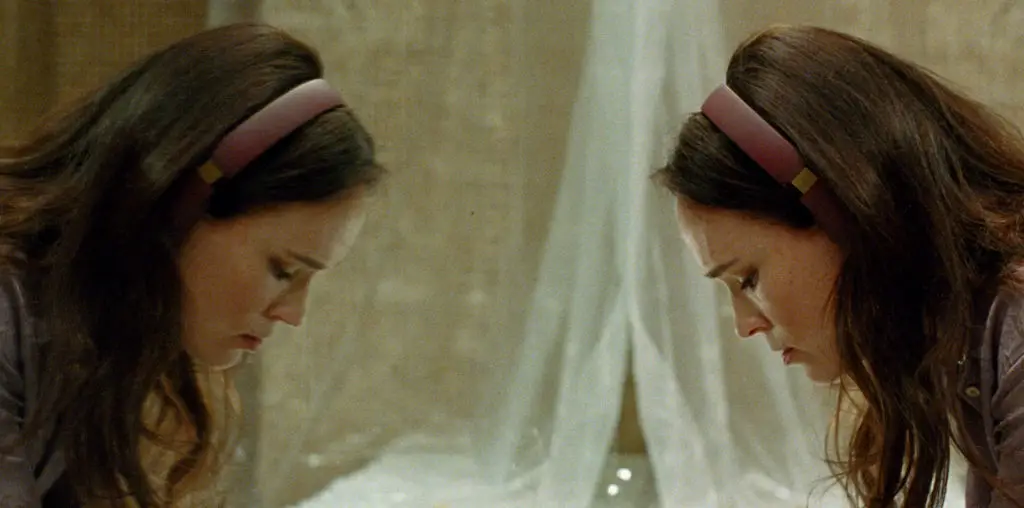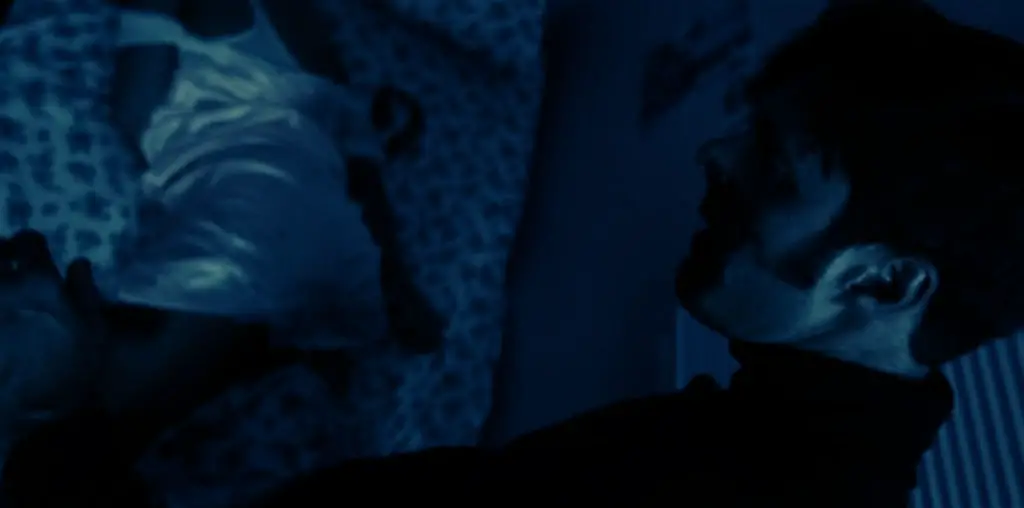
On October 3rd, 1993, what was intended to be a simple operation by U.S. Special Forces turned into a nightmare for all involved. Mogadishu, Somalia was without a doubt the worst place in the world on that particular day. Forget Gladiator and Hannibal – in “Black Hawk Down,” Ridley Scott unleashes hell like no war movie ever has.
The big idea was to topple Mogadishu’s reigning warlord, Muhammad Farrah Aidid, who was among other kindnesses comandeering food shipments intended for tens of thousands of starving Somalis. But Aidid was something of a slippery one, so it was decided to snatch a few of his lieutenants from a conference in the center of Mogadishu. These lieutenants were captured with little fuss, but minutes later rocket launchers managed to take out two of the many American helicopters hovering over the city. Thousands of Aidid’s guerrillas poured into the streets, and our well-intentioned humanitarian effort quickly became a desperate rescue mission, not to mention the longest continuous firefight in U.S. military history. From before dusk to past dawn, ninety Army Rangers and Delta Force soldiers experienced sixteen hours of free-for-all leadslinging that resulted in nineteen Americans dead (though needless to say the 1,000 Somalis killed aren’t given much attention: they’re faceless, sinister and armed to the teeth, that’s it).
“Black Hawk Down” is actually not so much a war movie as a war sequence, a war procedural. Director Scott sees to it that nearly everything is stripped away but pure, nerve-shredding incident, moments of clarity in the blur of infernal chaos. The initial half-hour of meet-and-greet is almost absurdly reductive: Eric Bana plays the hawkeyed assassin type, Ewan McGregor is the desk guy who makes a mean cup o’ joe. McGregor’s “Trainspotting” mate Ewen Bremner is the gawky goofball, and Bremner’s Pearl Harbor buddies Josh Hartnett and Tom Sizemore are on duty too. And Sam Shepard, the Major, is in charge – up to a point.
Scott doesn’t attempt to flesh out archetypes into characters, which is irritating at first – he’s never seems to care as much about character and emotion as he does about dusty shafts of light. In a combat scenario, however, one feels he has a reason to just get on with it, let the characters be defined by their actions. The dialogue is rote at best – barked greetings and commands, military jargon – but Ken Nolan and Steven Zaillian’s screenplay is hardly what makes “Black Hawk Down” run. The script hews accurately to the facts related in Mark Bowden’s bestselling book, and gives Scott a boilerplate upon which to cook up his gut-churning War is Hell stew.
What’s it taste like? Well, if you savor the idea of the final battle in Saving Private Ryan elongated to almost two hours, by all means rush out to see “Black Hawk Down.”
Janusz Kaminski’s jittery, newsreel-documentary style, which created such a you-are-there immediacy in Ryan, is adopted here by cinematographer Slavomir Idziak, though by now it’s become as clichéd as the Matrix bullet-time effect. (Scott previously borrowed the technique for Gladiator, which made one wonder: Were there news cameras in Ancient Rome?) Cliché or not, it’s become the official style in which to shoot combat scenes, and it works. You Are Definitely There in “Black Hawk Down.” The question is, do you want to be?
While the film succeeds as a visceral testament to all the servicemen who fought in Mogadishu, particularly the nineteen who lost their lives, “Black Hawk Down” is more punishing than anything else. It’s a true endurance test, far too grim to be considered exciting, but not really informative enough to enlighten us about the effect of our presence in Somalia in 1993. Ridley Scott is of course a master technician, but a directorial point of view would have helped. He has insisted this is an anti-war film, but the U.S. action in Somalia was not actually war. The effort was ideally to help starving people, but it went horrifically wrong. (Not long after the disaster, the U.S. pulled out of the area for good.)
Is Scott saying humanitarian interventions in places like Somalia are generally misguided? Should the U.S. have been in Somalia in the first place? You’re going to have to decide for yourself. The movie can’t make up its mind.

